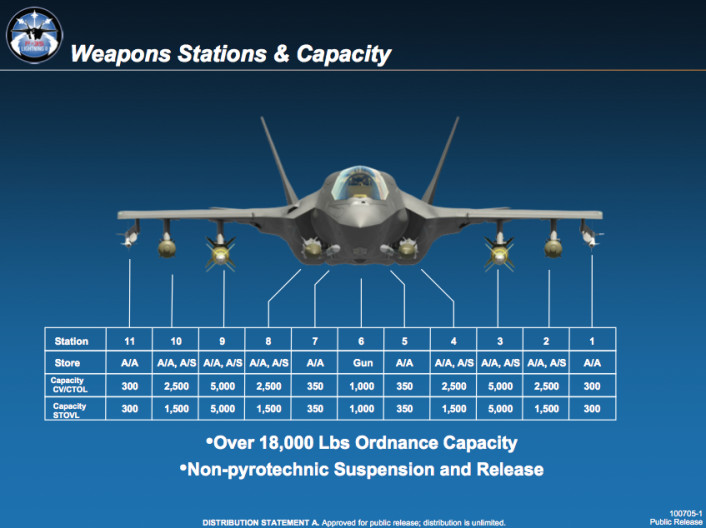- Reaction score
- 18,693
- Points
- 1,360
Not like an F-14 Tomcat would have won a dogfight against any contemporary foe of the day, but its AIM-54 Phoenix LRAAM could reach out to 160km. Point is, using sensors to work the battlespace and ROE to allow beyond visual range (BVR) distances, was the greatest expectation of JSF to a dogfighter? It was never designed as such, so why complain when it doesn't/mightn't compare as favourably as an aircraft (F-16) that was religiously disciplined to stay nimble and lethal in the energy-maneouvre realm, sustaining relatively high corner speeds (aka manoeuvre speed, Va) that is pretty hard to beat, even with today's technology. John Boyd's penultimate work had nothing to do with his OODA loop, and even though the USAF was no fan of his, his work on E-M theory and it's implementation by the team at General Dynamics in designing the F-16 are pretty hard to beat. I see that none of the so-called 'experts' have brought up the two aircraft's performance requirements to compare. That would show why the dogfight 1V1 performance is not as relevant...multi-static radar and sensor feeds to the F-35's DAS put the 35 in a league ahead the 16 as far as integration into weaponized battle-spaces.
Not that I'm an apologist for how the JSF program has been unfolding, but comparing its jack-of-all-trades flight characteristics without situating the marked increase in targeting and weapons integration renders the dogfight contrast essentially irrelevant.
Call the JSF an F/A-35, or even go as far as to call it an E/F/A-35, given its on-board and networked capabilities and comparison with a pure, true "F" jet (16). I can't recall any articles complaining that the B-2 didn't truck as much 'poundage' as the B-52...
:2c:
G2G
Not that I'm an apologist for how the JSF program has been unfolding, but comparing its jack-of-all-trades flight characteristics without situating the marked increase in targeting and weapons integration renders the dogfight contrast essentially irrelevant.
Call the JSF an F/A-35, or even go as far as to call it an E/F/A-35, given its on-board and networked capabilities and comparison with a pure, true "F" jet (16). I can't recall any articles complaining that the B-2 didn't truck as much 'poundage' as the B-52...
:2c:
G2G


